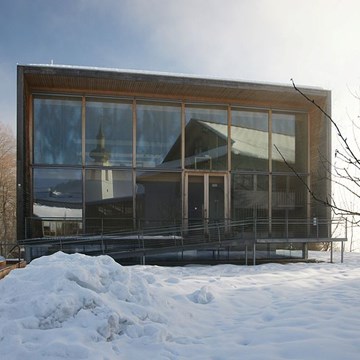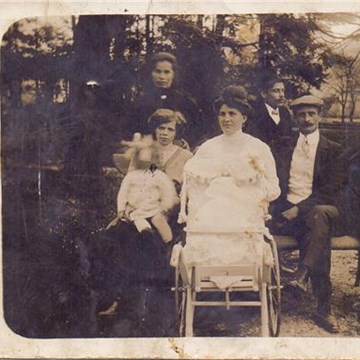Carpets Collection
For the MAK’s 150th anniversary, designer Michael Embacher has given the Permanent Collection Carpets a new spatial concept that integrates an artistic intervention by Turkish artist Füsun Onur. This new presentation features the carpets of the MAK Collection as components of an intercultural dialog, as elements of exchange both within Asia and between Asia and Europe. Collection objects from the Ottoman and Safavid Empires are joined here by a selection of European pieces, and other objects from the arts-and-crafts sphere interrelate with the carpets from their respective regions of origin, serving to place them in a multilayered formal context and to underline their historical authenticity.
The MAK’s collection of carpets numbers among the three most important such collections worldwide. Its core is formed by classical output from the 16th and 17th centuries, during which the great Islamic realms of the Ottomans, Safavids, and Mughals experienced their golden ages. In addition to pieces from the Islamic world, the MAK is also home to a group of high-quality 18th-century carpets from the Savonnerie manufactory in France. Overall highlights include a unique silk Mamluk carpet, a Safavid hunting carpet, a carpet from Herat ornamented with spiraling tendrils, a figurative Indian piece from the era of Akbar, the Great, and the Savonnerie carpets of Emperor Josef II. The MAK’s collection came together less via systematic acquisitions and more due to the historically motivated integration of holdings, with each group originally having been compiled according to an independent set of criteria. The first carpet was purchased for the museum quite early on, in 1868—and by 1922, most of the items that comprise the present-day collection were already united beneath one roof. The most important ones were former imperial property.
The visualization of the closely interlinked geographic, stylistic, and cultural connections between Europe and both the Middle East and south-western Asia from the period between the 15th and 18th centuries is a central aspect of the display space’s curatorial reconception and redesign. In his architectural concept, Michael Embacher juxtaposes carpets of differing origins, highlighting their plasticity and fragility by using thin steel cables to weave them into his spectacular whole-room installation’s outer shell. Thus positioned at various heights, slightly tilted and turned, the individual objects seem to float within the space.
ARTISTIC INTERVENTION BY FÜSUN ONUR
Füsun Onur (*1938, Istanbul) gives rise here to a beguiling interplay between worlds of ideas, cultures, and religion. The artist has fashioned an ephemeral female angel who floats level with the gallery, presiding over the collected objects as if sent as an all-uniting or all-questioning sign. In so doing, Onur liberates the figure of the angel—a protagonist common to the scriptures of the Tanakh, the Old and New Testaments and the Koran—from preestablished notions of global and intellectual territories in a gesture that is both conceptual and poetic.
Curator: Bärbel Vischer, Curator, MAK Contemporary Art Collection
Curator Barbara Karl, Curator, MAK Textiles and Carpets Collection
Design Michael Embacher
Artistic Intervention Füsun Onur
Exhibitions and events

Renaissance - Baroque - Rococo Collection
Permanent exhibitionThe MAK's collection of lace, and its holdings of glassware—especially Venetian glass—are considered among the finest and most varied in the world. Even in the Baroque period, Venetian...

Vienna 1900
Permanent exhibitionVibrant and manifold: VIENNA 1900 in a new light The fascinatingly complex cultural epoch denoted by the term “Vienna 1900” has long been the stuff of legend. And the equally...

Empire Style - Biedermeier Permanent Collection
Permanent exhibitionA heterogeneous mass of consumers arose during the first half of the nineteenth century, something never previously seen in Austrian cultural history. With the effects of the Industrial Revolution...

Works on Paper
Permanent exhibitionFrom Dürer to Sagmeister Every year, the MAK Library and Works on Paper Collection curates exhibitions based on its own holdings. In the context of this focus on the library’s various...
Activities from this museum

MAK Design Kids
In two-hour workshops, the MAK Design Kids turn their attention to furniture,...










